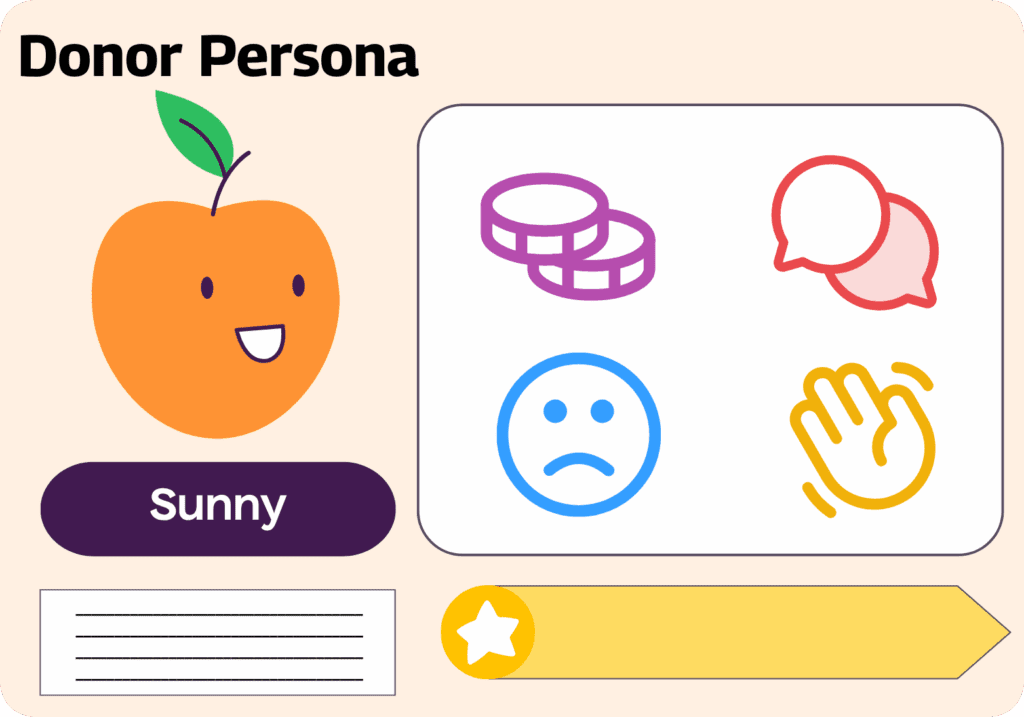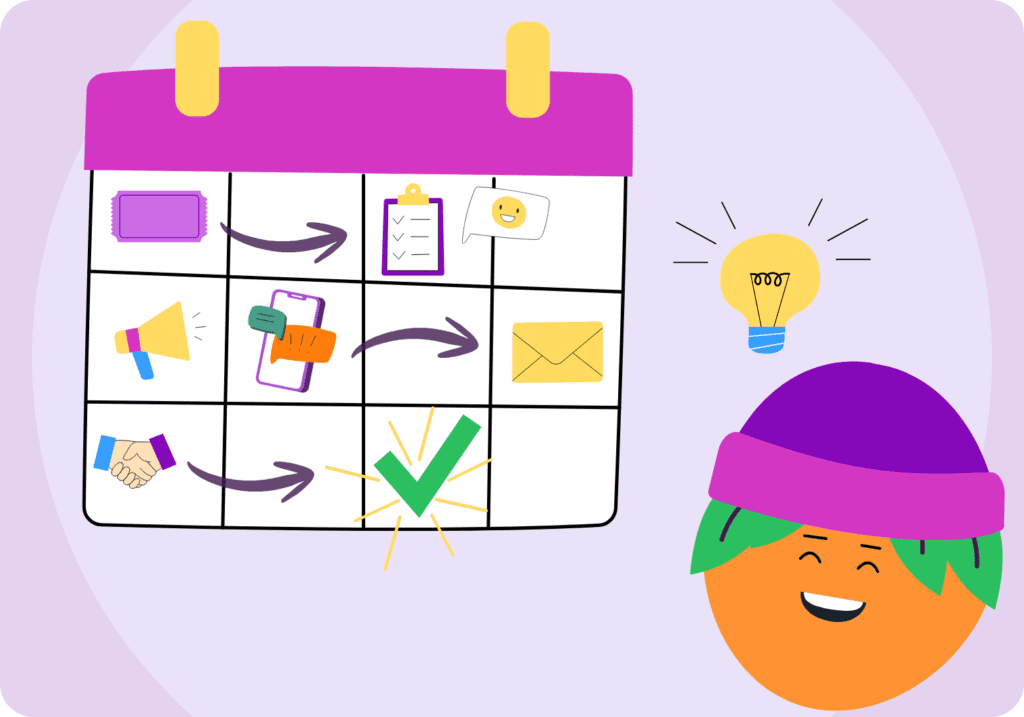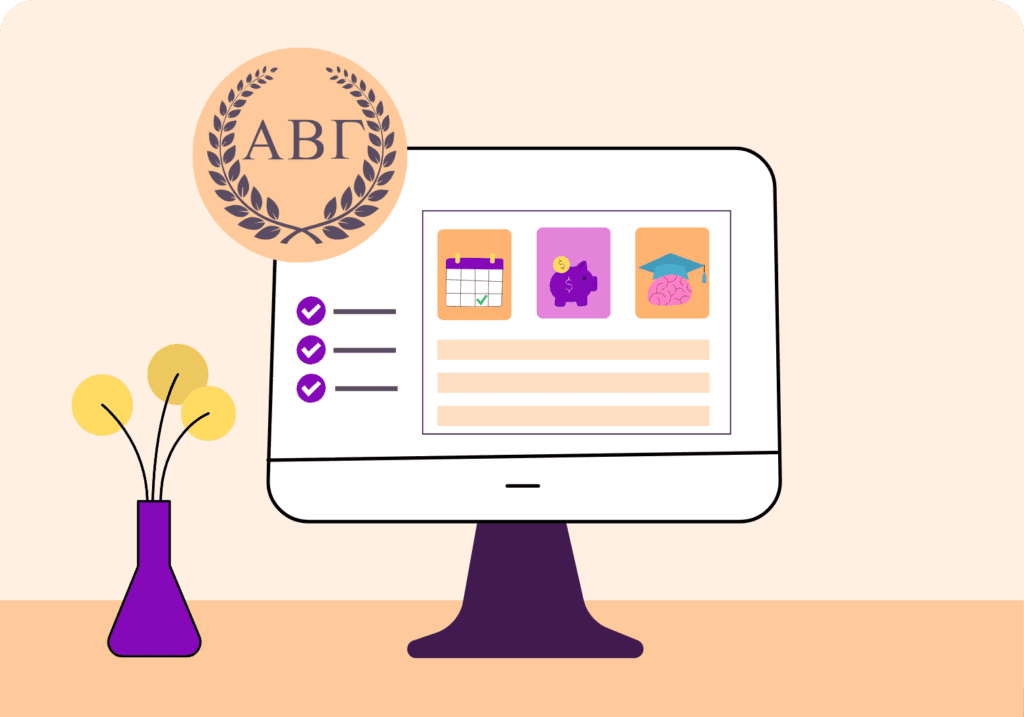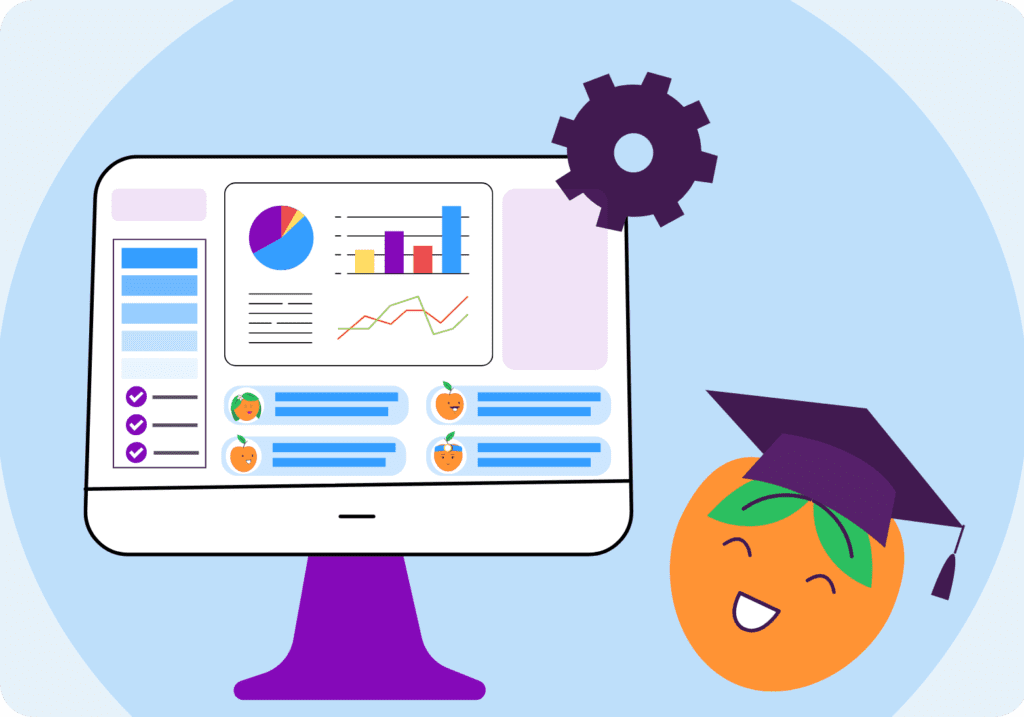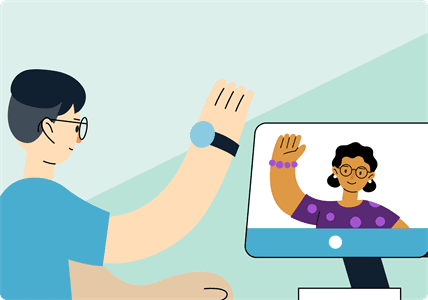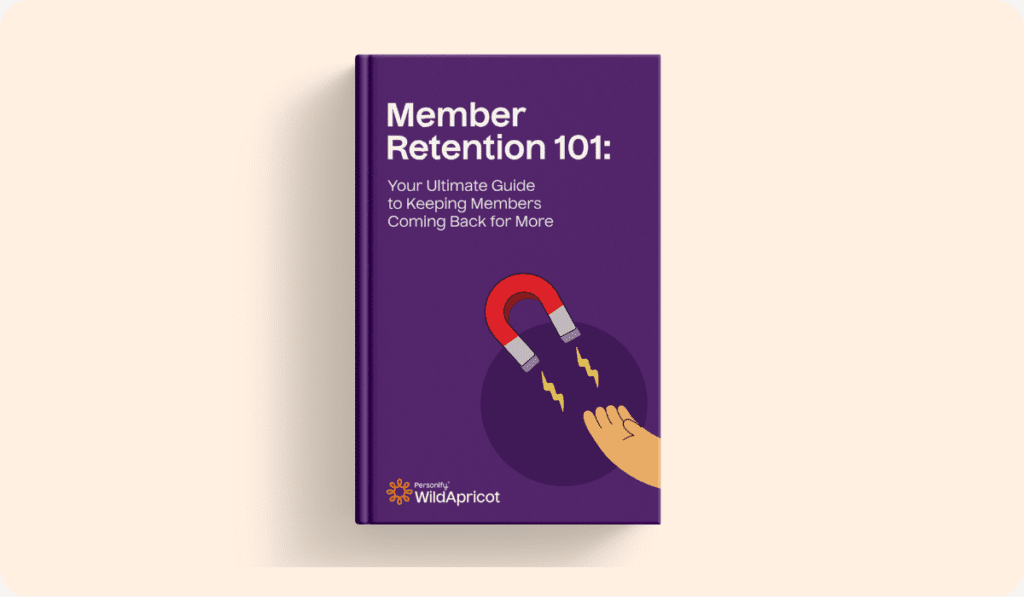Most nonprofits collect donor data, but few actually use it to shape strategy. That’s where donor personas come in.
A donor persona is a simple profile that represents a specific type of supporter. Besides just demographics, it’s about motivations, behavior and how someone prefers to connect with your cause.
This article will show you how to build donor personas from real data. You’ll learn how to group your supporters by patterns that matter for fundraising, like why they give, how often and what keeps them engaged. We’ll also show you how to use these profiles to run more targeted campaigns, boost retention and align your team around clear outreach goals.
Whether you’re trying to grow monthly giving, land corporate sponsors or re-engage lapsed donors, these profiles can help you make smarter decisions.
What Are Donor Personas?
Donor personas are fictional but data-driven profiles that represent key types of supporters within your nonprofit’s audience. Each persona is based on real trends: demographics, giving habits, motivations, communication preferences and more. Think of them as shorthand for the different kinds of people who support your mission, from loyal monthly givers to one-time event donors.
Instead of treating all donors the same, personas help you understand the why behind each gift. They show you how different supporters think, what moves them to give and how they prefer to engage with your organization.
Someone who donates in honor of a loved one might respond well to emotional storytelling, whereas a corporate donor may care more about impact reports and brand alignment. Building clear donor personas helps you plan an outreach strategy that speaks directly to each group so that your efforts hit the mark more often.
Difference Between Donor Personas and Donor Segmentation
Let’s clear up a common confusion: how do donor personas differ from donor segmentation?
Donor segmentation is about sorting people into groups based on data points, such as age, location, donation amount or giving frequency. It’s often used for organizing mailing lists or creating basic audience filters.
On the other hand, donor personas go deeper. They take segmentation data and layer in behavior patterns, motivations, goals and communication preferences. While segmentation tells you what someone did, a donor persona helps explain why they did it and how to reach them better next time.
Here’s a quick comparison:
- Segmentation: “These donors gave over $500 last year.”
- Persona: “This group gives large annual gifts because they care about local community impact and want regular progress updates.”
So, in short: segmentation organizes your data, and personas make that data actionable. You need both, but personas help you take a more personal and strategic approach to fundraising.
Key Elements of a Donor Persona
A strong donor persona includes more than just surface-level details. It captures who the donor is, why they give and how they prefer to engage. Here are the key elements to include:
- Name and label: Give the persona a simple name and title. This makes it easier for your team to reference and remember.
- Age range: Useful for tone, platform choice and content style.
- Occupation and income level: Helps estimate giving capacity and interests.
- Location: Important for local outreach, event invites or regional campaigns.
- Giving style: Do they give monthly, annually, in response to emergencies or through matching gifts?
- Motivations: What drives them to support your cause? Personal connection? Community impact? Shared values? Tax benefits?
- Preferred communication: Knowing where they prefer to communicate helps you meet them where they are. For example, this could be email, text, phone or social media.
- Engagement preferences: Some want updates and volunteer options. Others prefer a thank-you and minimal contact.
- Pain points: What could make them stop giving? Too many emails? Lack of transparency? Feeling unappreciated?
Each persona should be rooted in real data and actual patterns, not assumptions. The more specific you get, the more useful the profile becomes.
Why Nonprofits Should Utilize Donor Personas
Using donor personas is all about working smarter. When you understand the different types of supporters in your community, you can make better decisions across the board. From fundraising to email strategy to team alignment, personas support your broader donor development strategy instead of relying on guesswork. Let’s break down what this looks like in practice.
Run Targeted Campaigns
Not every donor responds to the same message. Some want a direct call to action, while others want a story that makes them feel something. With clear donor profiles, you can group your audience by motivation and communication style, then build campaigns that connect.
As an example, your younger, cause-driven supporters might respond well to Instagram updates and peer-to-peer campaigns. Your older, long-term donors might prefer direct mail and impact reports. By mapping your message to the right persona, you avoid wasting time and money on broad outreach that falls flat.
Personalization = Increased Retention
When donors feel like you understand them, they’re more likely to stick around. Personalization goes beyond using someone’s name in an email. It means speaking to their values, recognizing their giving style and offering updates that actually matter to them. Donor personas help you do this at scale. Instead of sending generic follow-ups, you can tailor thank-you messages, newsletters and appeals to match what each group cares about. This kind of targeted communication makes supporters feel seen, and that’s what keeps them coming back year after year.
Boost Fundraising ROI
Blanket campaigns waste money. You spend time, design effort and ad dollars reaching people who were never a good match in the first place. With strong donor personas, you can focus on high-potential groups and craft messages that convert better. That means fewer wasted impressions and more meaningful engagement. Whether it’s email, social ads or phone outreach, your fundraising becomes more efficient (and more effective!). Over time, this tighter focus can lead to a stronger return on every dollar and hour you invest.
Team Alignment
When everyone on your team knows who you’re talking to, decisions get easier. Fundraising, marketing, events and volunteer coordination all work better when there’s a shared understanding of your key supporter types. Donor personas give your team a common language and reference point. Instead of debating strategy based on gut feelings, you can point to real patterns and plan accordingly. Personas help keep the focus on the audience instead of just internal ideas or assumptions. That kind of clarity saves you time and cuts confusion.
How To Build Donor Personas for Your Organization
Building donor personas doesn’t require a massive budget or complicated tools. It starts with looking at the data you already have and asking the right questions. From there, it’s about spotting patterns, filling in gaps and organizing what you learn into clear, usable profiles.
The process isn’t one-size-fits-all, but the steps below can help you build personas that reflect your supporters.
Compile Existing Donor Data
Start with what you already know. Look at your donor database, CRM, email stats, event sign-ups and giving history, and if available, donor wealth screening data. Group donors by behavior: How often do they give? What’s the average gift size? Do they attend events? Do they open your emails? Look for shared traits, such as age, zip code, donation timing or response to certain campaigns. This gives you the foundation for each persona.
The more real data you use, the more useful your donor profiles will be.
Survey Current Supporters
Numbers tell part of the story, and your donors can tell you the rest. Send a short survey to gather insights about what motivates them, how they prefer to stay in touch, what issues they care most about and how they first found your organization. Keep it short and focused. Ask questions like “What made you give?” and “What kind of updates do you want to receive?” The answers to these questions can reveal patterns that wouldn’t be so obvious from donation data alone. Make the survey optional, and thank people for sharing. Every response brings you closer to a clearer persona.
Identify Patterns and Journeys
Once you’ve gathered data and feedback, look for common threads. Are there clusters of donors who give monthly versus once a year? Do certain age groups prefer social media, while others respond to direct mail? Insights from prospect research can help confirm these trends. Map out typical donor journeys, from first contact to repeat giving or event participation. You’re looking for behavior patterns, motivation types and engagement styles that repeat. These trends will help you group supporters in a meaningful way rather than randomly. The goal is to spot the types of people you engage most and understand how they interact with your organization over time.
Define Your Donor Personas
Now it’s time to turn those patterns into clear profiles. Start by outlining three to six core donor personas based on real trends. Each one should include a name, age range, giving habits, motivations, preferred communication style and pain points. Keep it simple but specific. “Legacy Linda” could be a retiree who values long-term impact and prefers phone calls over email. Include only details that help guide outreach decisions. Aim for clarity and accuracy, and make sure your team can actually use these personas.
Establish Communication Methods for Each Persona
Each donor persona will have its own preferred way of staying connected. Some might check their email daily, while others may rely on phone calls or prefer social media. Once you’ve defined your personas, map out which channels work best for each one, such as email, text, direct mail, phone, events or social platforms. Also consider the tone and frequency of your messaging. Younger donors usually prefer short, visual updates, while older donors may respond better to direct mail fundraising and detailed reports. Aligning your outreach style with each persona’s habits makes your messages more likely to be seen, understood and acted on. Communication becomes less guesswork and more effective.
Track Donor Data and Adjust as Needed
Donor behavior changes over time, and your personas should reflect that. Regularly review your engagement data, such as email open rates, donation frequency, event attendance and survey feedback, to see what’s working and what’s not. If a certain persona stops responding to your usual approach, look into why. You might need to update their profile or change how you communicate. Personas are tools that evolve with your audience, so build in time every few months to review and revise them. Staying flexible keeps your outreach relevant, which, in turn, helps you build long-term donor relationships.
Classic Donor Persona Examples
To make donor personas easier to understand and apply, here are a few real-world style examples. They’re based on common patterns seen across many nonprofit supporter bases.
You don’t need dozens of profiles. A few well-built ones like these can help you focus your outreach and connect better with the people who power your mission.
Compassionate Christa – Consistent Monthly Donor
Christa gives because she believes small recurring donations make a big difference. She values consistency and transparency. She’ll stay loyal if you show her impact without pushing for more too soon.
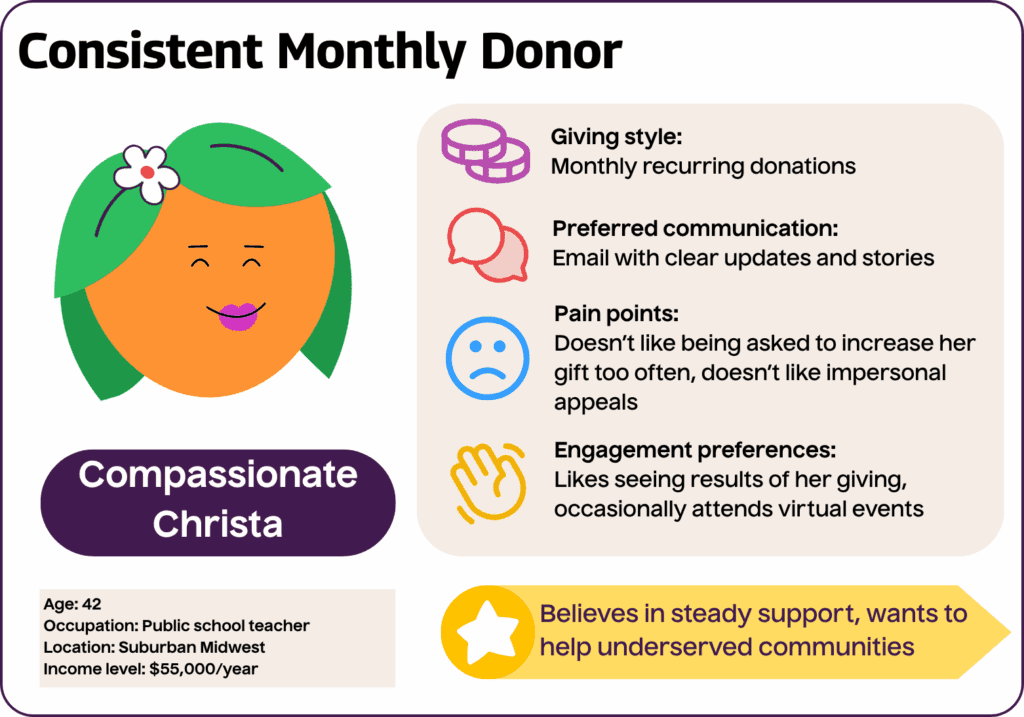
Business Bryan – Corporate Sponsor
Bryan is strategic about giving. He’s not looking for emotion, but for partnerships that benefit both his company and the cause. Clear communication, structured proposals and public recognition keep him involved.

Legacy Linda – Planned Giving Donor
Linda cares deeply about legacy and trust. She needs time, information and personal connection before making a big decision. Nurture her relationship over the long term, and she’ll become one of your most impactful donors.

Activist Alex – Engaged Volunteer Donor
Alex sees giving and volunteering as two sides of the same coin. He wants clear ways to take action and expects transparency. Keep communication short, visual and impact-focused if you want to keep him engaged.
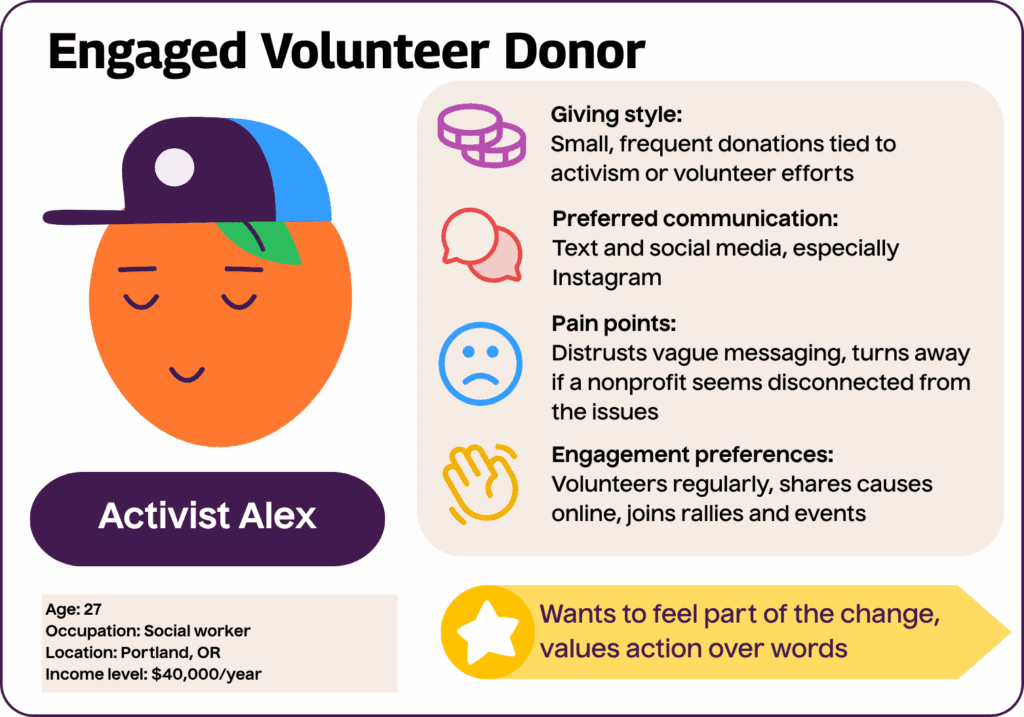
Impact Ian – Community-Focused Donor
Ian supports nonprofits that strengthen his community. He’s not interested in global reach; he wants boots-on-the-ground results. Show him the direct link between his donation and local change, and he’ll stay committed.
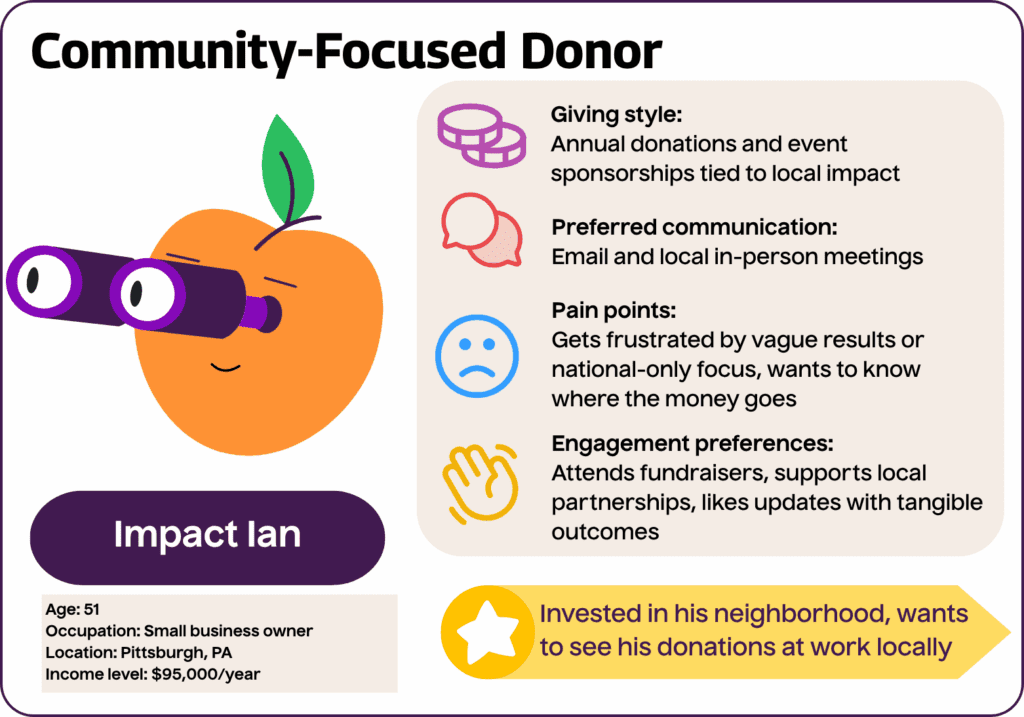
Sporadic Sally – Ad-Hoc Donor
Sally gives when something moves her. She’s unpredictable but valuable in urgent or viral campaigns. Keep your asks simple, your stories strong and avoid overloading her with follow-ups.
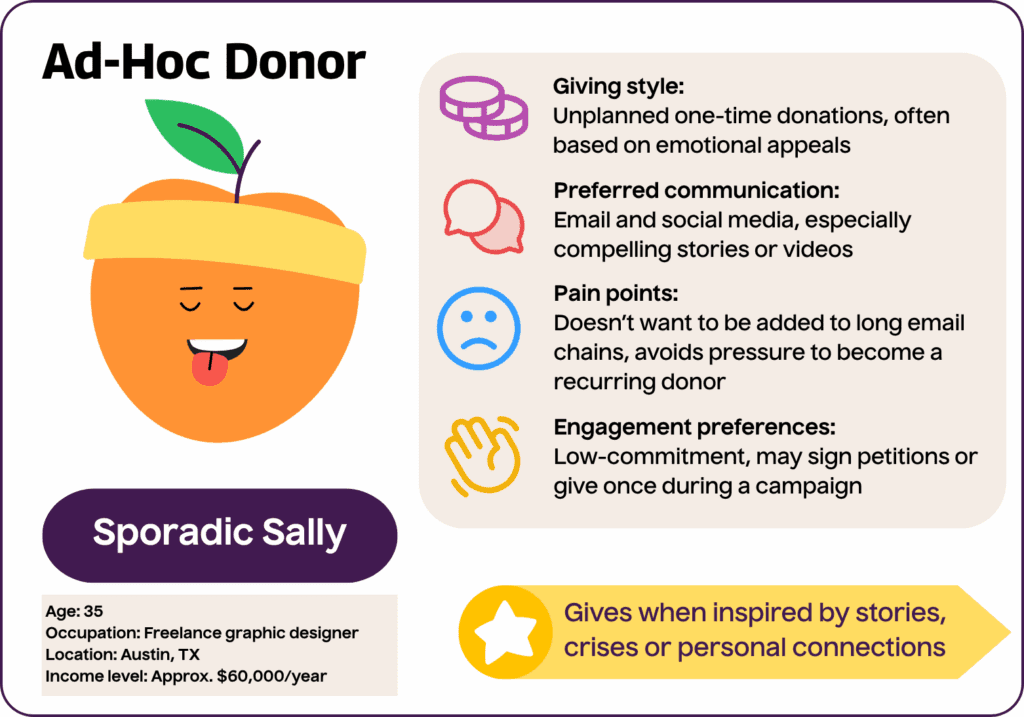
How To Use Donor Personas for Your Nonprofit’s Strategy
Once you’ve built your donor personas, the next step is putting them to work. These profiles should shape your daily decisions.
Fundraising Campaigns
Use donor personas to guide everything from messaging to timing. For example, your monthly givers might respond best to consistent updates and emotional storytelling, whereas business sponsors want clear ROI and impact metrics. Tailor each appeal to the persona it targets, including format, tone and ask amount. This helps boost response rates and keeps donors feeling like the message was meant for them instead of a mass blast. Matching the right message to the right donor can directly improve campaign results.
Content Marketing
Donor personas help you decide what kind of content to create and who you’re creating it for. If one of your personas prefers in-depth reports, you might focus on blog posts or downloadable impact summaries. If another persona lives on Instagram and responds to emotion, short videos or photo stories work better. Instead of guessing what content might land, personas give you a clear direction. This keeps your messaging relevant, increases engagement and builds stronger connections with each type of supporter.
Event Planning
Not all donors want the same kind of event. Some love formal galas, others prefer casual community meetups or volunteer days. Your donor personas help you plan events that appeal to each group’s interests and availability. A younger, activist-type donor may want hands-on involvement, while a legacy donor may value a recognition luncheon. Personas also help you decide how to promote the event (email, phone call, social post) and what kind of follow-up to send after. Matching event style to donor preference makes attendance and engagement more likely.
Volunteer Recruitment
Volunteer recruitment works better when you know who you’re trying to reach. Some donors, like Activist Alex, are already deeply involved and just need a straightforward way to sign up. Others might be willing to help but need a gentle ask or a low-commitment option to get started. Use your donor personas to understand who’s likely to volunteer, what roles they’ll be drawn to and how to communicate the opportunity.
Free Donor Persona Template Download
Download our free donor persona template and worksheet to create clear, practical profiles you can use in your outreach. The worksheet will help you put all your donor persona information in one document and the template will help you make a visual, easy to read donor profile – similar to the ones we shared above!
Download the Donor Persona Worksheet
Download the Donor Persona Template in Canva
Wrapping Up: 5 Top Tips to Remember
Building and using donor personas is an ongoing strategy. The best personas grow with your organization, staying useful and grounded in real donor behavior.
1. Utilize Existing Data When Building Donor Profiles
You don’t need to start from scratch. Your CRM, email analytics and donation history are full of insights. Use what you already have to find patterns in giving habits, communication preferences and engagement history. That’s your foundation.
2. Donor Personas Should Be Relatable
If your team can’t picture the person behind the persona, it’s probably too abstract. Give each one a name, a story and clear traits. The goal is to humanize your data, not complicate it.
3. Quality Over Quantity
You don’t need ten personas. In most cases, three to six solid profiles are enough to guide your strategy. Focus on the most common or high-impact donor types.
4. Align Personas with Fundraising Goals
Each persona should support a clear objective within your nonprofit fundraising plan, like boosting monthly giving or improving event turnout. If a profile doesn’t support a real goal, it’s just noise.
5. Regularly Update Donor Personas
Donor behavior shifts. Check in on your personas a few times a year and adjust as needed. If something stops working, revisit the data and tweak the profile. Flexibility keeps your outreach relevant and more successful – allowing you to make a bigger impact!

